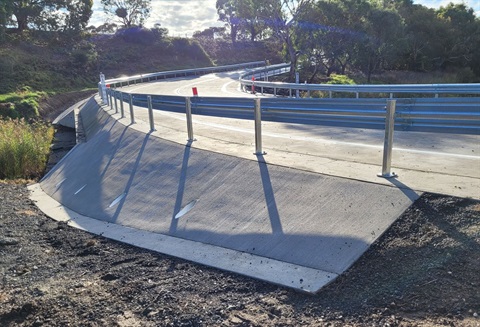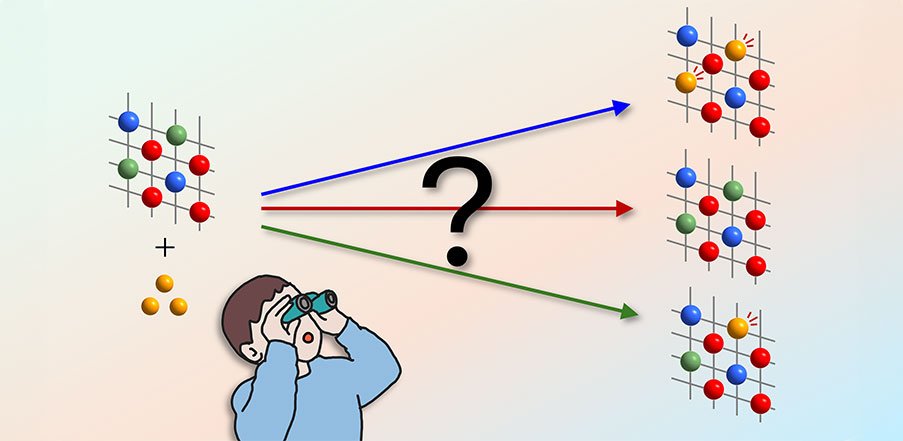The CEFC has identified a potential investment pipeline of as much as $7.8 billion to 2025 across Australia’s waste, bioenergy, recycling and resource recovery sectors, delivering a triple impact in terms of economic, employment and emissions benefits.
The investment could generate thousands of jobs across rural and regional Australia and drive down emissions from landfill by as much as 60 per cent on current forecasts.
The five-year investment outlook is part of a new CEFC report, Energising resource recovery: the Australian opportunity.The report, developed together with global engineering and consultancy leader Arup, considers the role of resource and energy recovery in Australia’s transition to a low emissions economy.
It found that the sector could contribute significantly to Australia’s economic, employment and emissions goals with additional social benefits. Highlights included:
- New and expanded infrastructure requirements for waste, recycling and bioenergy projects in Australia have the potential to generate between $4 billion and $7.8 billion in new investment in the period to 2025
- Emissions reductions are also significant, with the potential to reduce emissions from landfill by as much 60 per cent by substantially reducing, reusing and recycling materials before they enter the waste stream, in line with the waste hierarchy
- The employment benefits include the potential for the creation of up to 9,000 construction jobs, 2,600 indirect jobs and as many as 1,400 direct and ongoing jobs, including in regional and rural areas.
CEFC CEO Ian Learmonth said: “Australia’s recycling and resource recovery sector is undergoing considerable transformation, driven by global market pressures, evolving consumer preferences and an increasing focus on reducing our carbon footprint.
“As an experienced investor in the bioenergy, recycling and energy from waste sectors, we see immediate and important investment opportunities in recycling and resource recovery, drawing on proven technologies with the potential to deliver long term economic and environmental benefits.
“We also recognise the critical importance of supporting the circular economy, to back the development of new industries and jobs while cutting greenhouse gas emissions and making more efficient use of finite natural resources.“
The report examined the investment and employment benefits that can be gained from strengthening the recycling, organics, bioenergy and thermal energy from waste sectors.
The areas with the strongest investment potential were in large scale energy from waste facilities, which have the potential to reduce significant volumes of waste going to landfill while at the same time recovering energy. Other significant opportunities were in refuse-derived fuel facilities, and processing municipal solid waste generated by households.
Arup Australasian Resource and Waste Leader Joyanne Manning said: “The waste and bioenergy sector has shifted radically over the last five years, and this review is vital to provide evidence and confidence for future potential investment opportunities. Arup is delighted to have partnered with the CEFC to undertake this review and prepare this market report.”
CEFC Waste and Bioenergy Lead Mac Irvine added: “This analysis clearly demonstrates both the diversity and complexity of the bioenergy and waste sectors, across a broad range of feedstocks, technologies and end uses.
“While this complexity poses challenges for potential investors and project proponents, international experience should give investors confidence that we can capture these opportunities in the Australian context, in both metropolitan and regional areas.
“Critical success factors include appropriate feedstock supplies, careful site selection and a clear commitment to community engagement and the social licence to operate.
“Ensuring robust investment in mature and proven technologies, complemented by a commercial approach to infrastructure delivery and operation to underpin long term performance are also vital,“ Mr Irvine said.
The CEFC is a leading investor in bioenergy, recycling and energy from waste, having committed investments of more than $400 million to the sector for a total project value of $1.7 billion.
Find out more at the next CEFC Green Room webinar, Energising resource recovery: the Australian opportunity on 26 May 2021 at 11am. Host Mac Irvine, CEFC Waste and Bioenergy Lead, will discuss Australia’s bioenergy, resource recovery and recycling market with Joyanne Manning, Arup’s Australasian Circular Economy and Waste and Resource Recovery Leader. The Green Room is a CEFC webinar series that takes you inside the investment tent, with insights into industry developments, and the latest on how CEFC investments are helping reduce emissions.








